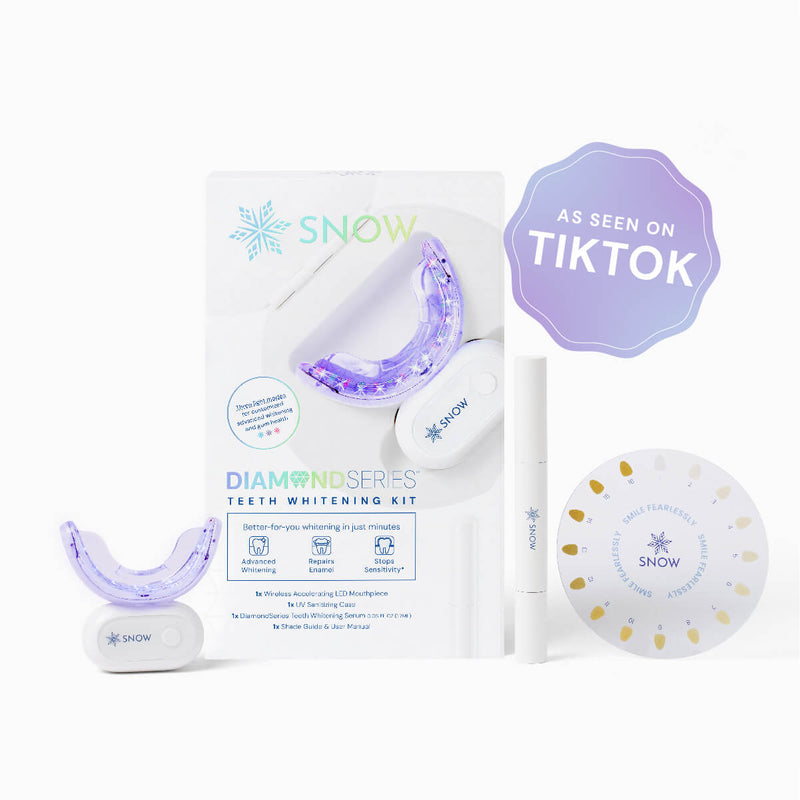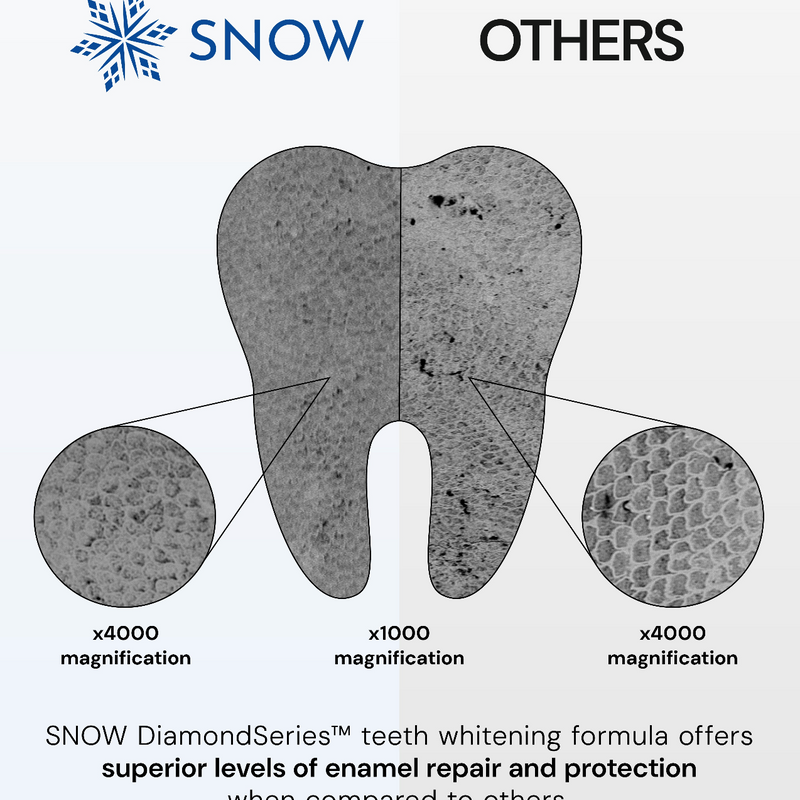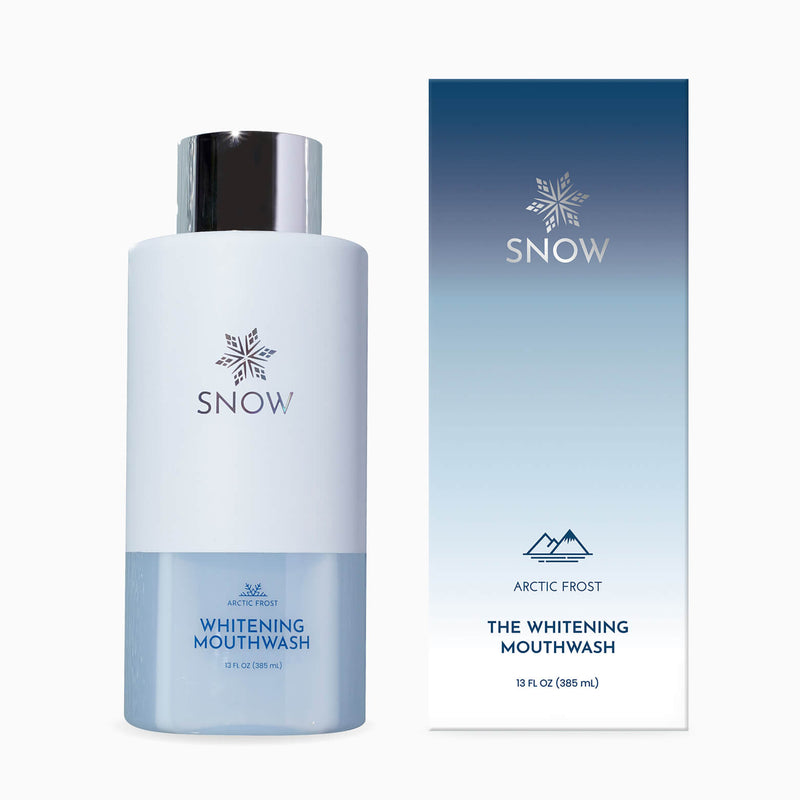Many people wonder, does water flossing hurt? The short answer is that it usually doesn't, and we'll explain why in this article.
We'll dive into various aspects of water flossing, including whether it can harm your gums, how well it works, and tips for safe usage. We'll also explore the different types of water flossers available and how they can benefit your oral hygiene routine.
Let's explore everything you need to know about water flossing.
What this article covers:- Does a Water Flosser Hurt?
- Can Water Flossers Damage Your Gums?
- How Well Does Water Flossing Work?
- How to Use a Water Flosser
- Why You Should Consider Water Flossing
- Types of Water Flossers
- Tips for Water Flossing Safely
Does a Water Flosser Hurt?
Our findings show that it shouldn't. In fact, water flossing is often seen as a gentler alternative to traditional string flossing, particularly for those with sensitive gums.
While some individuals may experience slight discomfort when first starting, this usually diminishes as the gums adapt to the process. The majority of users find water flossing to be a comfortable and even pleasant experience.
To minimize any initial discomfort, it's advisable to begin with a lower pressure setting and gradually increase it as your gums become accustomed.
For those looking for a reliable and gentle water flosser, the SNOW Water Flosser is an excellent choice. This portable, travel-friendly device features three pressure modes—Pulse, Normal, and Soft—making it ideal for users with sensitive gums.
Plus, it can incorporate SNOW's Teeth Whitening Drops for added whitening benefits while you floss.
Can Water Flossers Damage Your Gums?
While water flossers are safe and beneficial, incorrect use can lead to gum damage. Using a water flosser at too high of a pressure or aiming the stream too forcefully at the gums can cause irritation.
When used correctly, water flossers can actually improve gum health by gently massaging the gums and removing debris from hard-to-reach areas.
To ensure safe and effective use, follow recommended guidelines for pressure settings and technique.
How Well Does Water Flossing Work?
Water flossing has proven to be highly effective. The pulsating water stream reaches deep between teeth and under the gumline, cleaning areas that string floss might miss.
Our research indicates that water flossers can remove up to 99% of plaque from treated areas, reducing the risk of gingivitis and other gum-related issues.
This makes water flossing beneficial for people with dental work, like braces, implants, or crowns.
Does water flossing help with bad breath? The gentle cleaning action helps to prevent plaque buildup and inflammation around these areas, removing odors, too.
For those seeking a complementary product to their water flosser, the SNOW Activated Charcoal Whitening Floss is a perfect choice.
This plant-based, eco-friendly floss features expanding bamboo fibers and activated charcoal that binds to bacteria and plaque while gently removing surface stains.
How to Use a Water Flosser
To use a water flosser, start by filling the reservoir with lukewarm water and selecting a comfortable pressure setting—beginning with the lowest setting.
Lean over the sink to avoid splashing, and position the flosser tip at a 90-degree angle to your gumline. Slowly move the tip along the gumline, pausing between teeth to allow the water to flush out debris.
The process should take about two minutes, covering all tooth surfaces. After use, it's important to empty the reservoir and clean the device to prevent bacterial growth.

Why You Should Consider Water Flossing
Do water flossers work? They do. These devices offer several unique benefits that make it a valuable addition to your oral hygiene routine. In the following sections, we'll explore the reasons you should add this device to your bathroom cupboard.
Stimulates Your Gums
Based on our observations, one of the key benefits of water flossing is its ability to stimulate your gums.
The pulsating action of the water provides a gentle massage to the gums, which can improve circulation and promote healthier gum tissue.
This stimulation helps maintain good gum health, as it prevents gum disease by reducing inflammation and bacteria that can lead to infections.
For an added boost to your gum health and overall oral hygiene, try the SNOW Arctic Frost teeth whitening mouthwash. This alcohol-free formula not only freshens breath and whitens teeth but also soothes gums with aloe vera and peppermint oil.
Removes Plaque
For those wondering, does water flosser remove plaque? Water flossers are highly effective at removing this sticky film of bacteria that forms on your teeth, which can lead to cavities and gum disease.
This makes water flossing an excellent tool for preventing the buildup of plaque and tartar, which are primary contributors to dental problems like gingivitis and periodontitis.
To complement your plaque-fighting efforts, use the SNOW Nano-Hydroxyapatite teeth whitening toothpaste. This fluoride-free toothpaste is formulated with nano-hydroxyapatite and hydrogen peroxide to rebuild enamel, fight cavities, and remove stains.
Types of Water Flossers
Water flossers come in several types. The most common types include countertop models, which are powerful and offer various pressure settings, but are less portable.
These are ideal for those who have the space. On the other hand, cordless water flossers are portable and convenient, making them perfect for travel or small spaces.

There are also specialized flossing toothbrush combos that combine brushing and water flossing in one device, providing a comprehensive cleaning experience.
Some flossers also come with additional features like multiple pressure settings or various tips for different purposes, like plaque removal or gum massage.
For those who prefer floss picks, the SNOW Charcoal Whitening Floss Picks are a sustainable and effective option. Made from 100% recycled BPA-free plastic, they offer a convenient and eco-friendly choice.
Tips for Water Flossing Safely
Using a water flosser correctly is key to maximizing its benefits and avoiding any potential harm.
Start by selecting the appropriate tip and pressure setting for your needs. As you get comfortable, you can gradually increase the pressure.
When using the device, lean over the sink to minimize mess and direct the water stream at a 90-degree angle along your gum line.
It's also important to follow the manufacturer's instructions closely.
Regular maintenance of your water flosser, like cleaning the reservoir and tips, will help prevent bacterial buildup and ensure the device continues to function.
Conclusion
Water flossing rarely causes pain, providing a comfortable alternative to traditional flossing methods.
Throughout this article, we addressed whether water flossers hurt, examined their potential to damage gums, evaluated their effectiveness in removing plaque, and provided guidance on proper usage.
We also explored the different types of water flossers available and shared essential tips for safe and effective flossing.
Transform your oral care regimen with SNOW Water Flossers and enjoy a cleaner, healthier smile. Visit our website today and take the first step towards superior dental health.
If you want to learn more, why not check out these articles below:
- Can Water Flossing Replace Regular Flossing
- Does Water Flosser Make Teeth White
- Can Toothpaste Cause Dry Mouth?
- Can You Use Whitening Toothpaste with Braces?
- Can I Use Fluoride Toothpaste After Whitening Strips?
- Can I Mix Baking Soda with My Toothpaste
- Can Toothpaste Cause Dry Lips
- How Much Toothpaste Should You Use?
- Fluoride vs Fluoride Free Toothpaste
- Types of Toothpaste
- How to Get White Teeth in 1 Day with Toothpaste
- Is It Safe to Use Whitening Toothpaste Everyday
- Should You Leave Toothpaste on Your Teeth
- Best Dental Floss
- Best Portable Water Flosser
- Best Travel Water Flosser
























